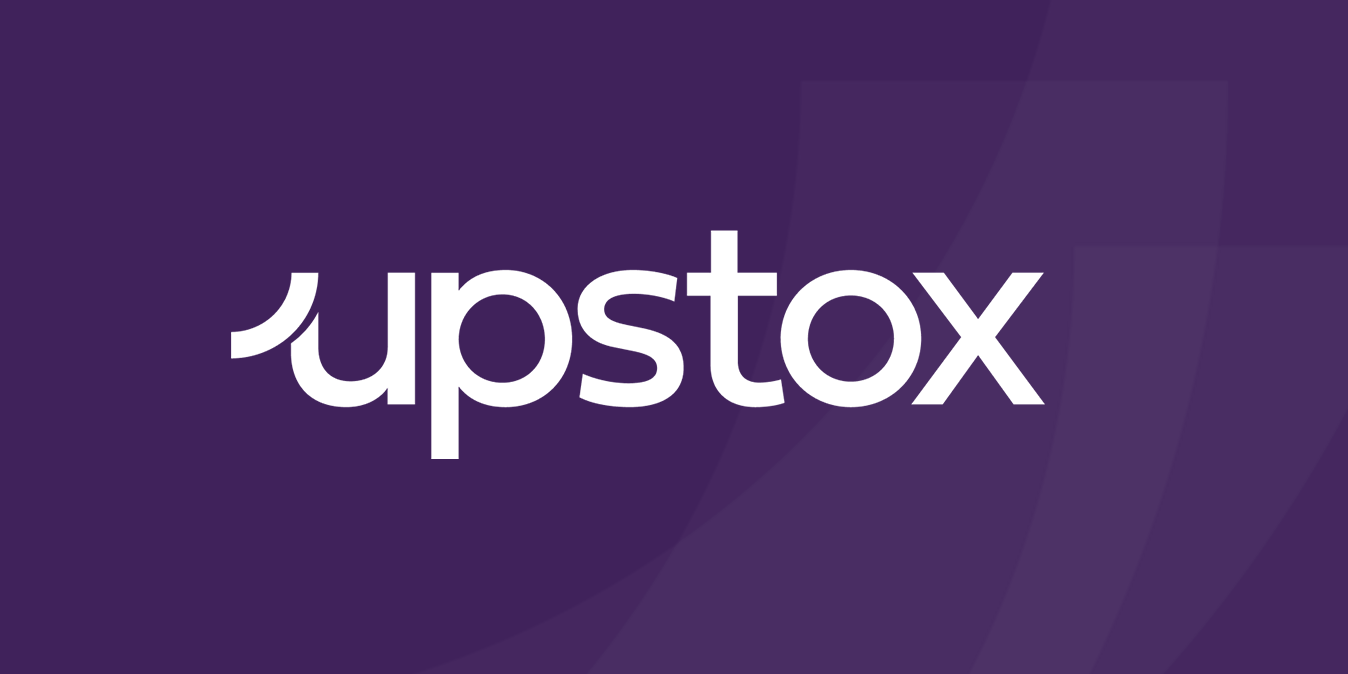All about the ‘buy now, pay later’ scheme

If you remember going to a kirana store in the ‘90s, it is very likely you remember the large board near the cash register which said ‘No credit’. Even in the era of big department stores and super bazaars, credit was not really much of an option. You could get a huge discount perhaps, not credit.
By the turn of the century, however, using credit cards for purchases had become a way of life. But this too, was not interest-free, even if you cleared your dues by the next cycle. EMIs were also, up until recently, only available for big ticket purchases like homes and home appliances. The digital payment ecosystem, though, has changed that. Nowadays, most digital payment systems and digital marketplaces allow for ‘buy now, pay later’ (BNPL) schemes.
What is a ‘buy now, pay later’ scheme?
This is basically a scheme in which you buy the product or service and then pay its price or fees over a period of time, with little to no interest. The scheme has become very popular among students and young professionals who are just starting out and with those having erratic cash flows. The BNPL scheme acts like a short-term loan system, where payments are to be made over a period of anywhere between 15-45 days.
Many digital retail giants and fintech companies offer their own BNPL schemes. Most prominent shopping websites tend to put a credit limit of ₹60,000-70,000 on purchases under their BNPL schemes. The customer has to complete a KYC process with the retail website while buying the product and choose the tenure of the payment. Little to no interest is charged against the outstanding amount. Thanks to digitisation, payments can also be auto-scheduled. The buyer thus, doesn’t have to wait to save up a huge chunk of money before buying something.
Why are companies offering BNPL schemes?
A scheme like BNPL is especially valuable at a time like a pandemic, when payments are mostly digital and many families are going through financial stress. It may not always be possible to put off buying certain things till finances are fully in order, so a BNPL scheme can be used to tide over the problem. Apart from retail giants, fintech companies providing UPI services also have schemes under BNPL.
With the festive season sales and offers in full swing, many e-commerce, fintech companies and banks have announced BNPL schemes. The expected demand boost such schemes could bring, especially after a slow cycle, is what is making many companies offer such schemes to their consumers. BNPL schemes are now being offered for almost everything, from small daily use items to investment schemes to large purchases like homes.
Though, consumers must know that purchase of jewellery and bullion, paying off credit card debt, etc. are not allowed under the BNPL scheme.
What happens if you default on a BNPL payment?
Defaulting on a BNPL payment could prove very expensive. Most companies offering BNPL payments levy a penalty for defaults and late payments. You will also need to pay interest on the unpaid amount. This will also impact your credit score
- meaning it could make future loans expensive.
However, one could use the BNPL scheme judiciously to avoid falling into a debt trap. Make a realistic assessment of your ability to pay back within a stipulated period of time before you opt for it. Ensure your bank balance is kept up to a certain level to allow for regular payments.
Financial discipline is a must, only then will you get maximum benefits from such a scheme.